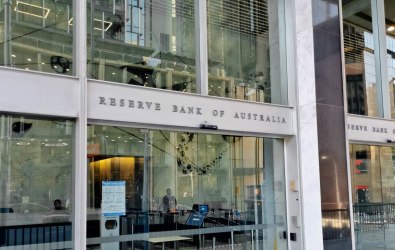AustralianSuper has started a review of which asset classes are best suited to in-house management, following its decision to boost its in-house investment capabilities.
"Our focus has been on reducing investment costs without sacrificing returns. We believe that whilst our fees are low there's still room to move," AustralianSuper head of investment operations Peter Curtis said.
"We are likely to undertake some direct investment as a way of using our scale to improve the net benefit to members."
AustralianSuper has so far relied on external managers for its investments, and although the fund has been satisfied with the outcomes, it believes there is the opportunity to improve net benefits to members.
"We are very mindful that it is the net benefit to members that really counts, so we are not looking to drive costs down at the detriment of returns," Curtis said.
In August, AustralianSuper flagged that it was open to managing equities in-house, after it hired Innes McKeand for the newly-created position of head of equities.
But Curtis said it should not be automatically assumed it would bring the management of Australian equities in-house first.
"Each asset class has particular characteristics. Our investigations will be looking at all of them to find ways to add value for members," he said.
He said he expected to expand the investment team of 30 investment professionals over time.
"Where there is a clear net benefit to members, we will continue to expand the investment team," he said.
"This will be part of our investigations. [But] the focus is about adding additional value to the portfolio, not layers of costs."





